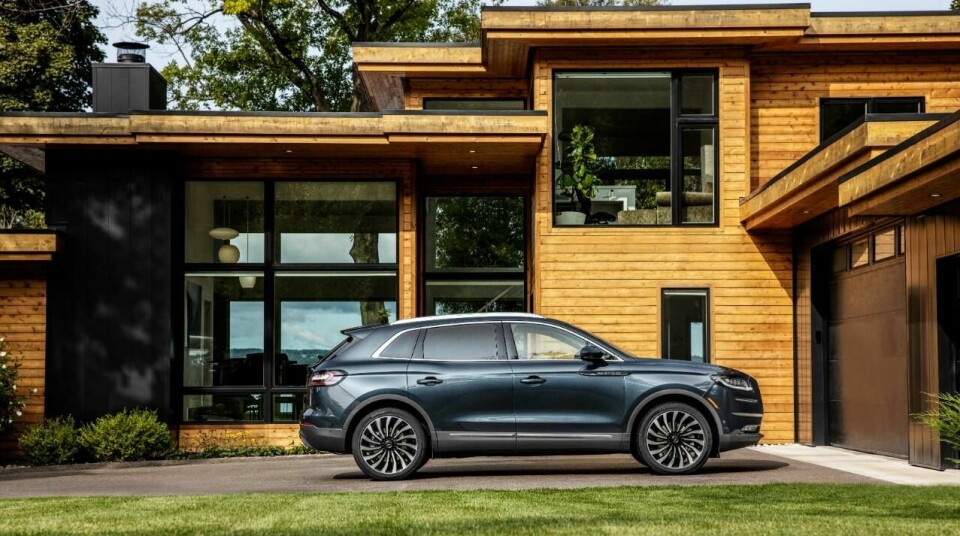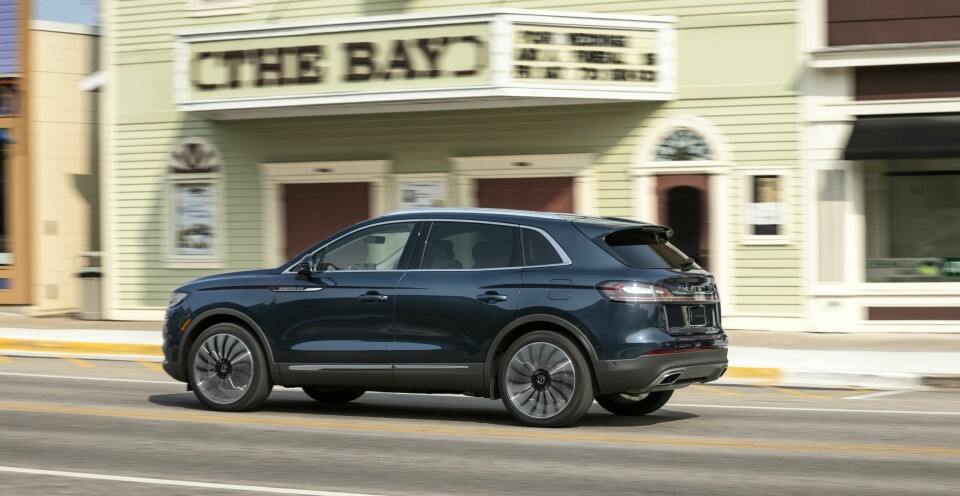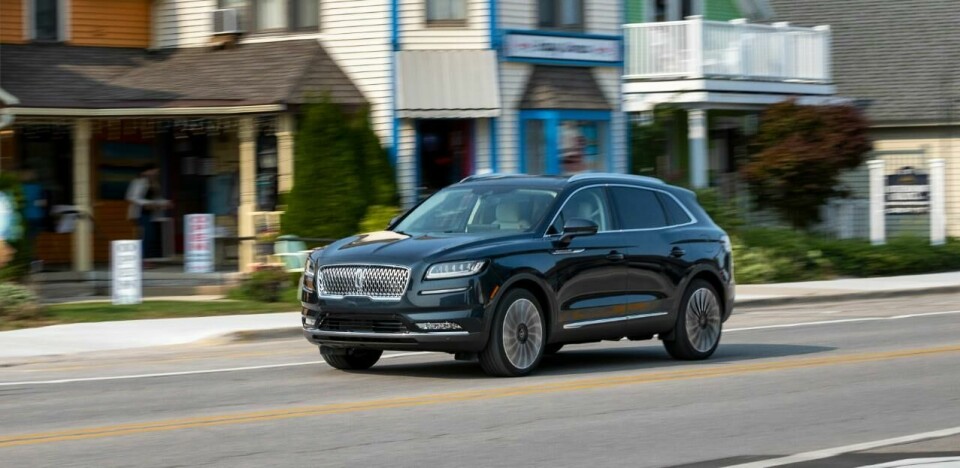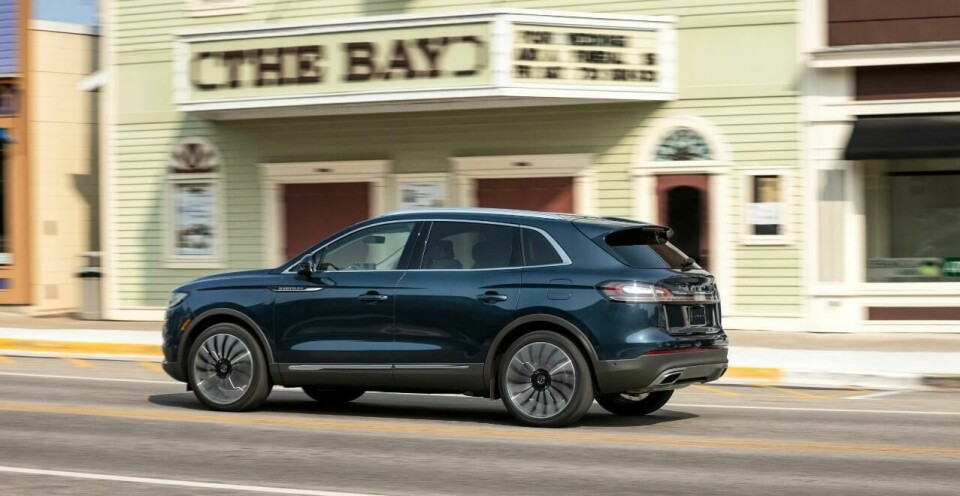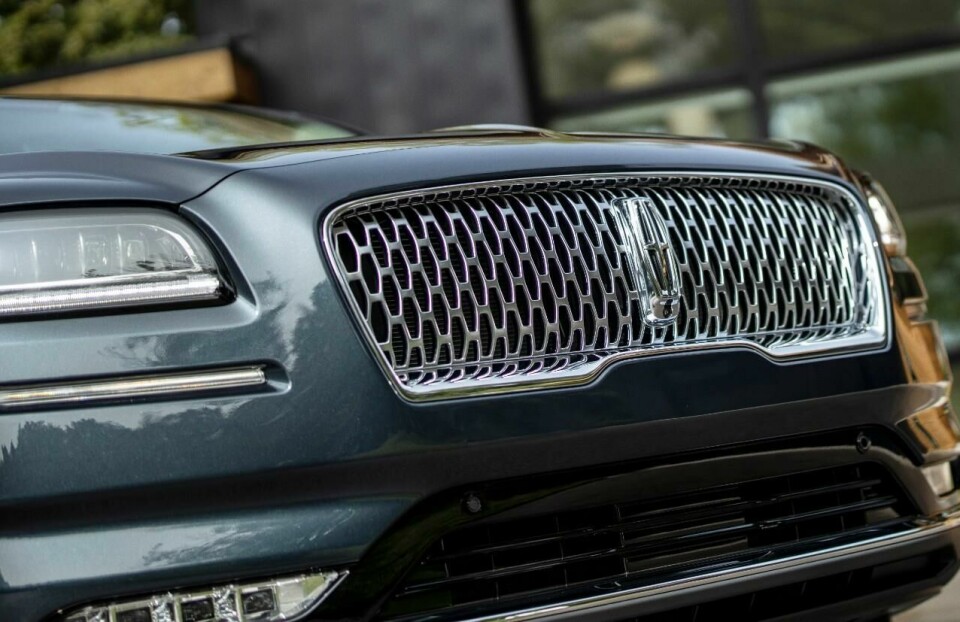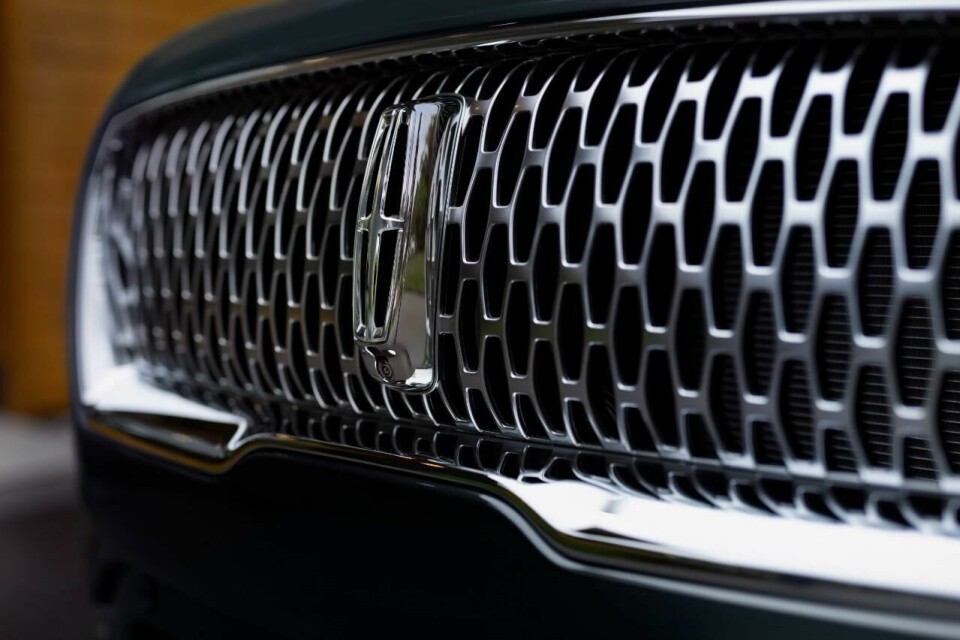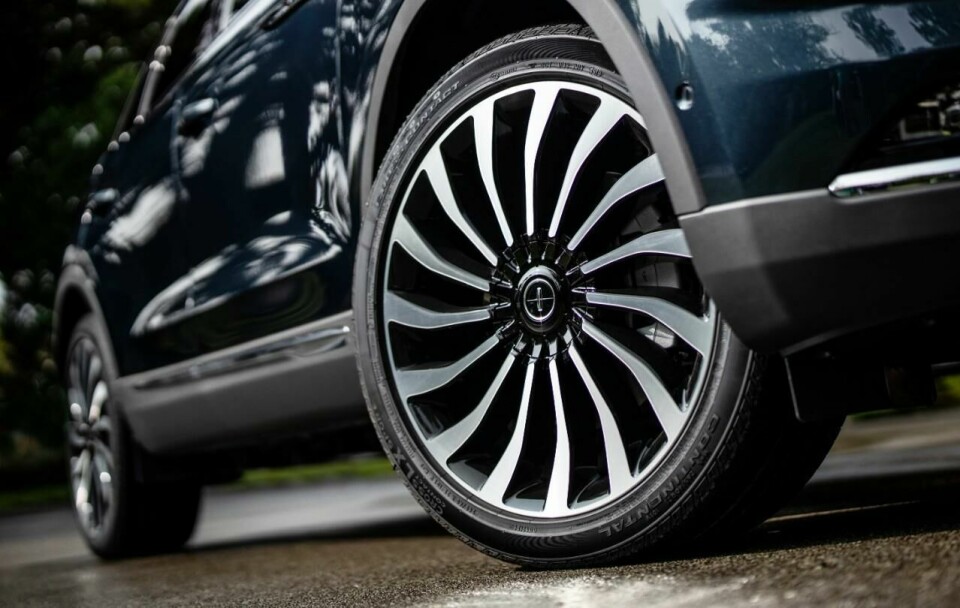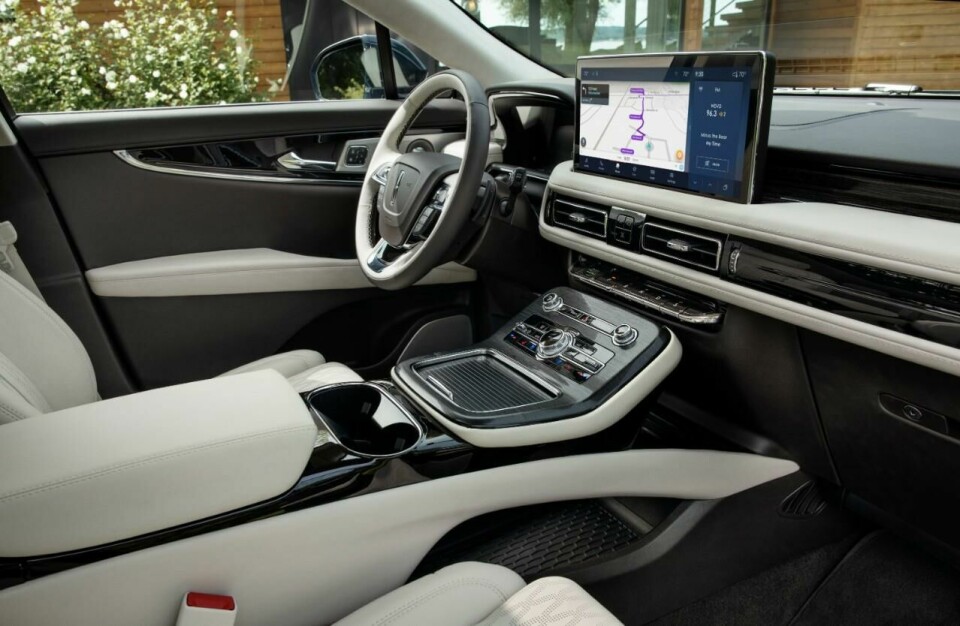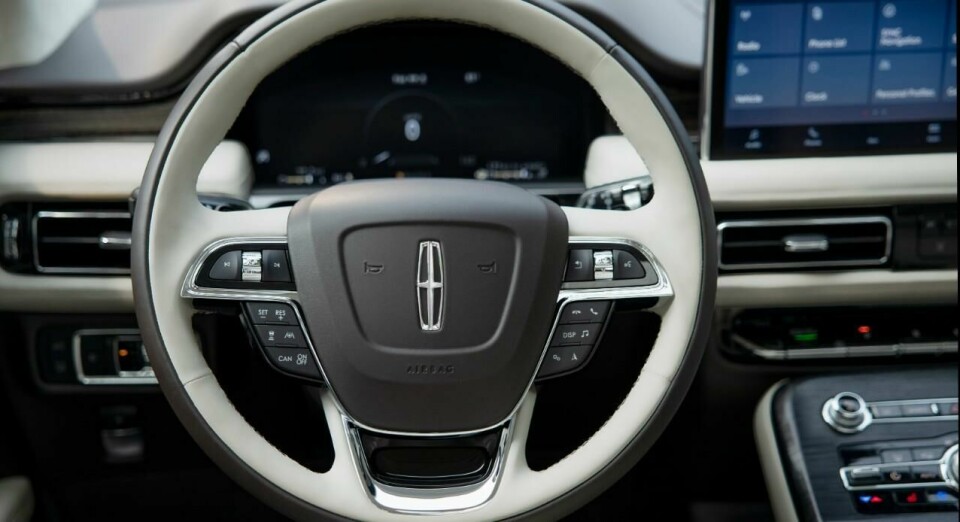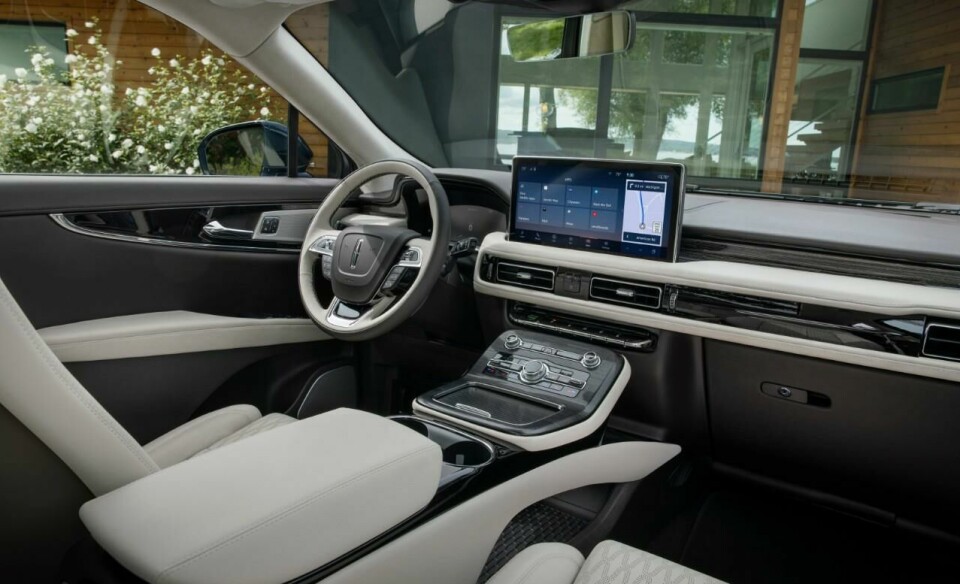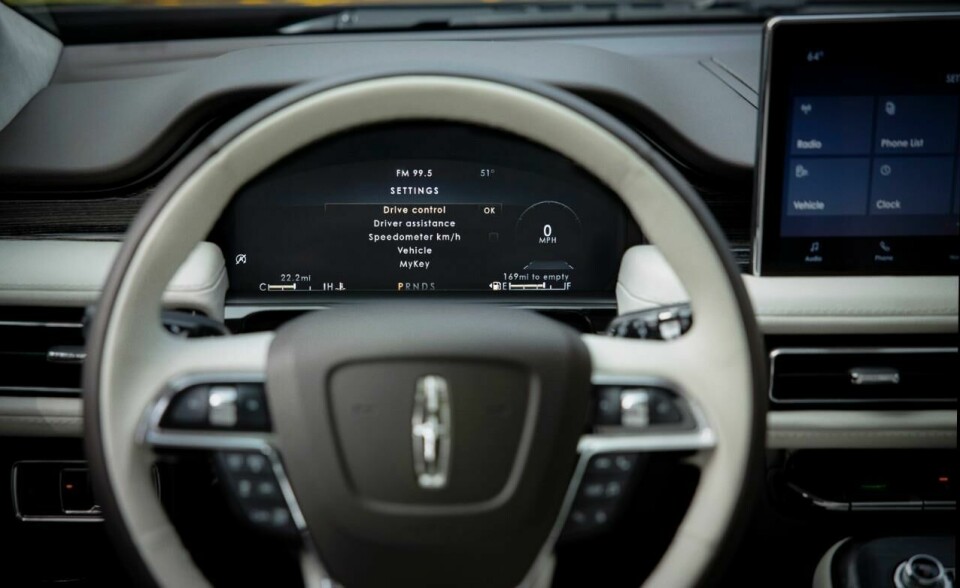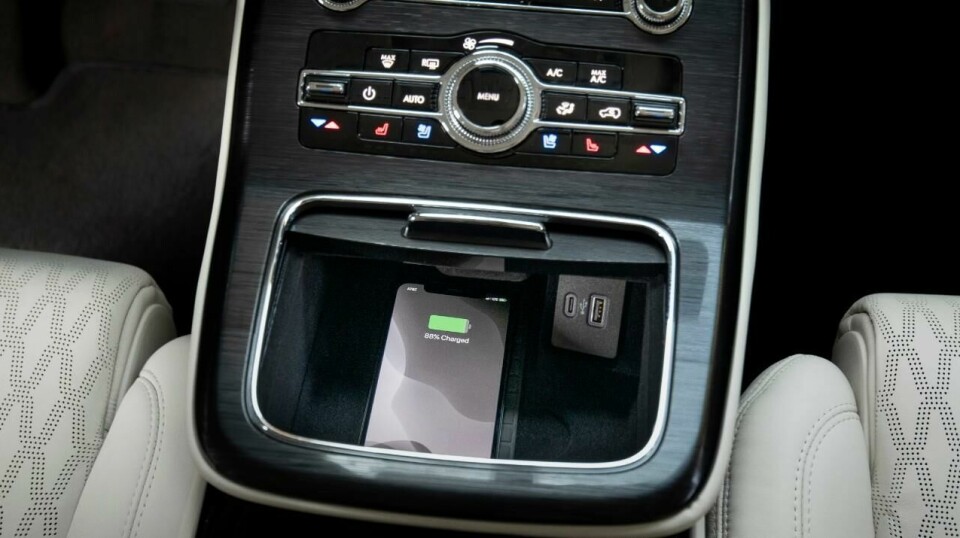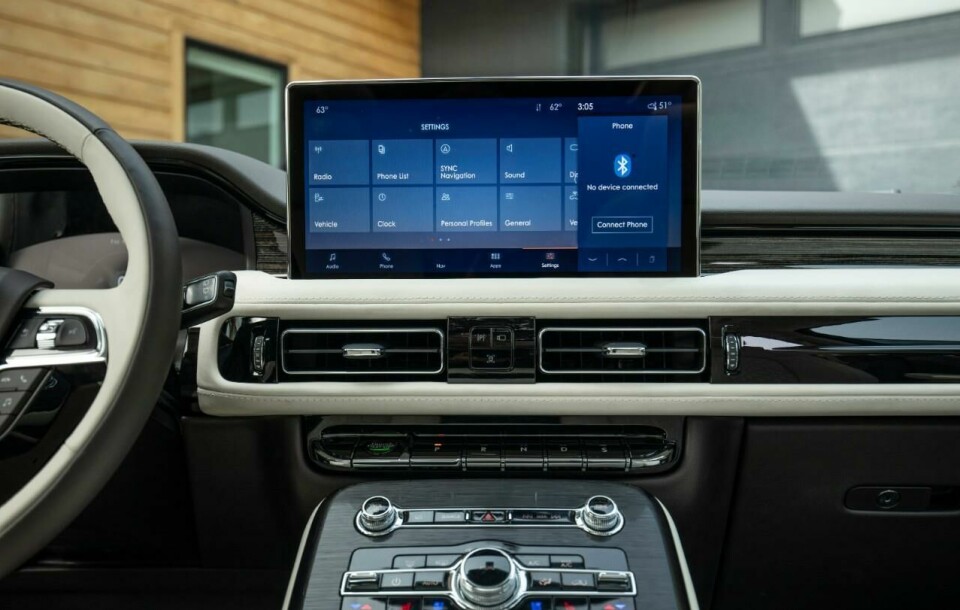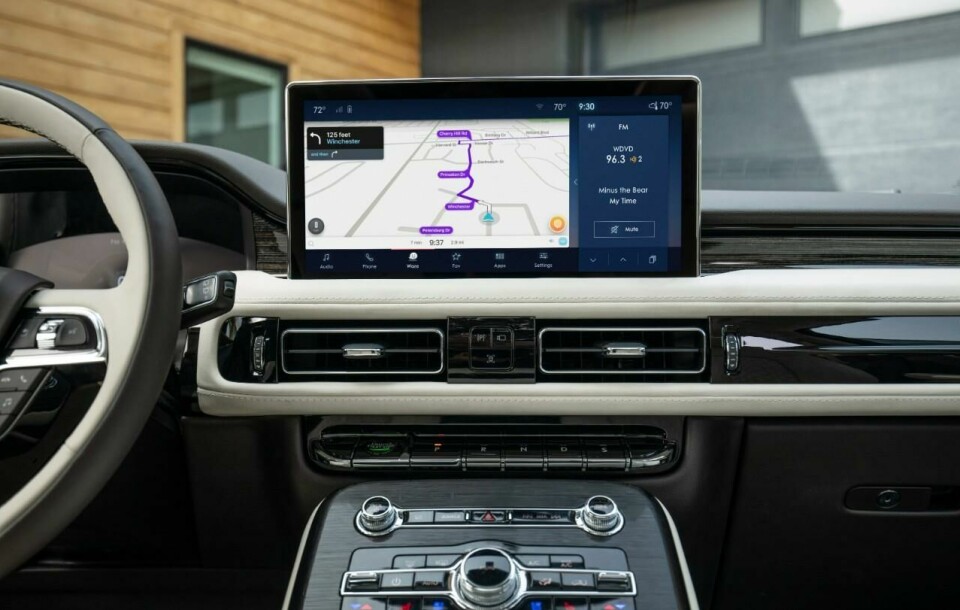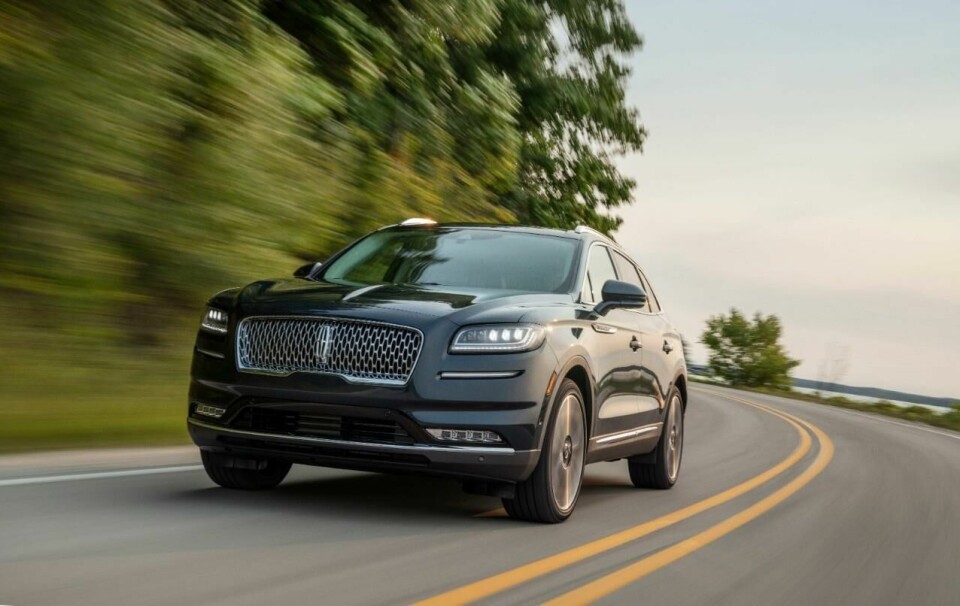
Design Review: 2021 Lincoln Nautilus
With the Nautilus, Lincoln’s design team has focused on creating cohesion between exterior and interior designs. Car Design News’ Laura Burstein took a closer look
Lincoln brings its “quiet flight” sensibilities to the interior of the 2021 Nautilus, the luxury midsize SUV that competes against top sellers in the U.S. like the Lexus RS and Audi Q5. The car got an exterior refresh and name change in 2019 (previously known as the MKX), and now the cabin of the Nautilus comes into line with its larger counterparts, Navigator and Aviator.
“We felt it was really important in this vehicle to bring all of the lessons that we’ve learned in the others and bring in that horizontal emphasis,” says Robert Gelardi, Lincoln chief interior designer. “It was all about getting that cockpit to make you feel like you’re in this mental sanctuary space.”
Use of broad, horizontal lines have been a trademark of the Lincoln design language that debuted with the Navigator concept shown at the 2016 New York Auto Show. David Woodhouse (since departed for Nissan Design America), and later Kemal Curic, led the Lincoln design team to create some of the most beautiful vehicles in the brand’s more than 100-year history. “Everything from the main position of the IP, where we have the largest display in our lineup, to bringing in the Lincoln signature piano key shifters” were key elements of the redesign, Gelardi says, which was done at the company’s HQ in Dearborn. “There’s not one trick design feature, there’s not one trick sketch that did it.”
While the Nautilus cabin bears clear resemblance to the Navigator and Aviator, Gelardi and team didn’t simply apply a “same sausage, different length” strategy. “Like any interior designer would, we have to treat things differently if you’re working in a 5,000 square-foot house than in a 1,500 square-foot bungalow,” he says. “And even though you may have the same principles you’re operating with; we spent a lot of time [scaling the proportions]. I always say, it’s not just about the size of the room but the furniture within the room. So, if you overlaid all these cockpits you’ll find they’re very different, even though we made them feel like family.”
Since the interior redesign came after the exterior update, Gelardi says his team focused on creating cohesion between the outside and the cabin. “Fitting the plan view of the horizontal to fit the Nautilus space was really important. If you look at the swage lines in the fender that accentuate the dynamic movement and horizontality, and then you open the door, you look across, and you see the relationship between the door panel and the console and what you see on the exterior of the vehicle,” he says.
The centre display is a 13.2-inch, wide-aspect-ratio screen that runs the latest version of Ford and Lincoln’s Sync user interface. “We made a decision early on that we needed to do the freestanding display,” Gelardi says. “In terms of the sense of integrated vs. freestanding, in my mind as long as you can give the perception of that continuous panorama moving behind it – especially if it’s wide screen – that wasn’t a big impediment for us because we also have the [wood] applique that runs behind the screen.” In our test car, Lincoln’s top-of-the- Black Label trim, the interior theme called “Chalet” features light-coloured “alpine” leather, with perforations in the seats that echo the shape of the Lincoln emblem.
Our Black Label Nautilus test car is powered by a 335-hp, 2.7-litre twin-turbocharged V6 petrol engine, an upgrade over the standard 250 hp, 2.0-litre turbocharged inline-4. As with its predecessor, we found the 2021 Nautilus nearly silent, with no noise from the tyres and only slight wind from the A pillar at high speeds. We’d driven the previous incarnation but having the large screen and revamped console made a considerable difference in terms of usability. “What’s important for us at Lincoln and what we tried to imbue in Nautilus is the authenticity and the right combination of those ingredients,” Gelardi says. “So, when you get out of the car, you want to get right back in.”
